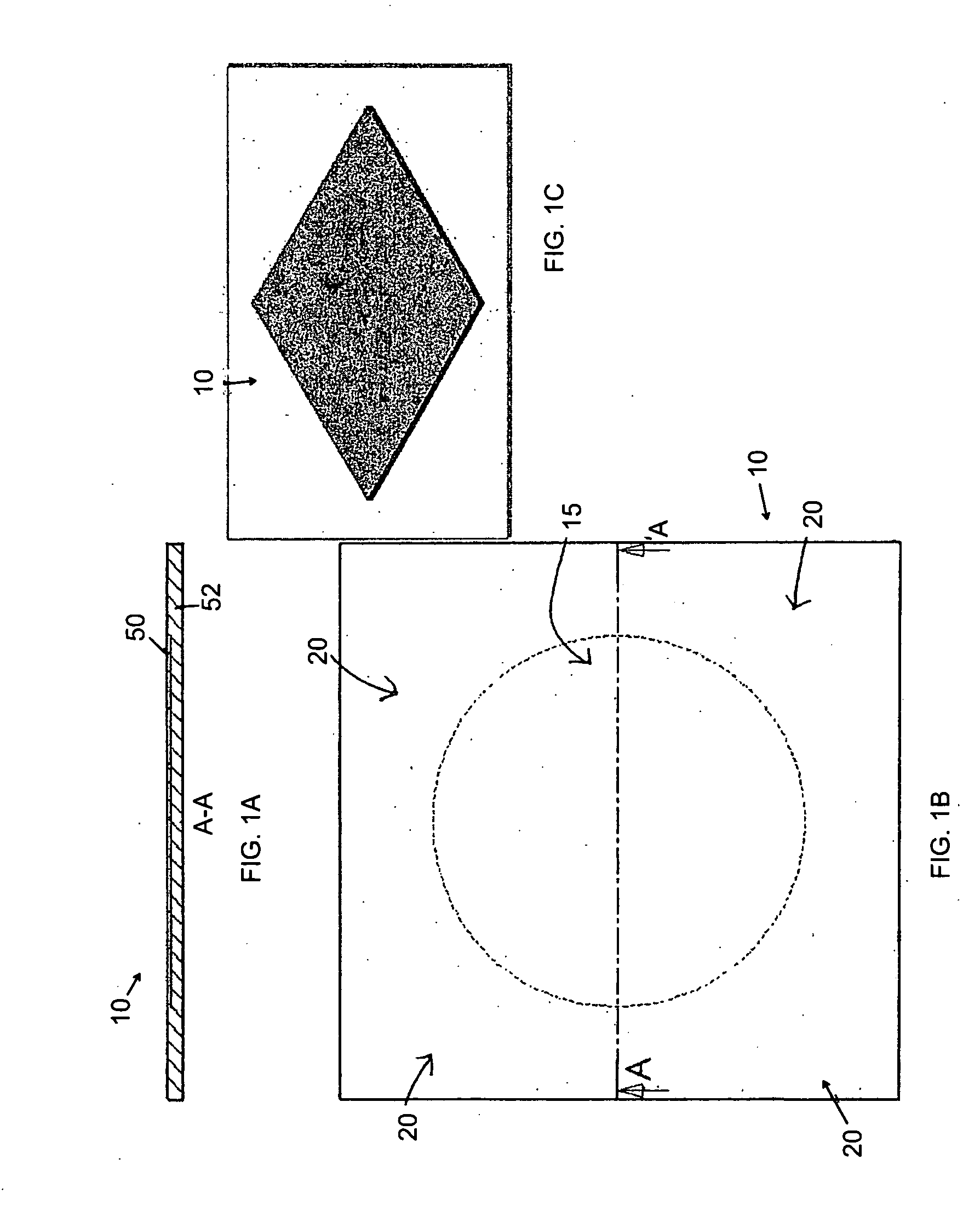Microfluidic Pump and Valve Structures and Fabrication Methods
a technology of microfluidic pumps and valves, applied in the field of microfluidics, can solve the problems of inability to manufacture components, inability to meet the requirements of the application, etc., and achieves the effects of easy manufacturing, convenient manufacturing, and robust system
- Summary
- Abstract
- Description
- Claims
- Application Information
AI Technical Summary
Benefits of technology
Problems solved by technology
Method used
Image
Examples
Embodiment Construction
[0053]As used herein, the word “microstructure” generally refers to structural features on a microfluidic substrate component with walls having at least one dimension in the range of about 0.1 micrometer to about 1000 micrometers. These features may be, but are not limited to, microchannels, microfluidic pathways, microreservoirs, microvalves or microfilters. The term “polymeric” refers generally to a macromolecular structure or material having a molecular weight that is substantially higher than the constituent monomers and, which may be, but does not have to be, produced by a polymerization reaction. All materials commonly and herein referred to as “plastic” materials include polymeric materials. The term “acrylic” refers to materials including Acrylite®, Plexiglas®, PMMA and other trade names of polymethylmethacrylate. “Linear polymeric materials” generally include polymeric materials in which molecules form long chains without branches or cross-linked structures. A “two-dimensio...
PUM
| Property | Measurement | Unit |
|---|---|---|
| pressure | aaaaa | aaaaa |
| pressure | aaaaa | aaaaa |
| pressure | aaaaa | aaaaa |
Abstract
Description
Claims
Application Information
 Login to View More
Login to View More - R&D
- Intellectual Property
- Life Sciences
- Materials
- Tech Scout
- Unparalleled Data Quality
- Higher Quality Content
- 60% Fewer Hallucinations
Browse by: Latest US Patents, China's latest patents, Technical Efficacy Thesaurus, Application Domain, Technology Topic, Popular Technical Reports.
© 2025 PatSnap. All rights reserved.Legal|Privacy policy|Modern Slavery Act Transparency Statement|Sitemap|About US| Contact US: help@patsnap.com



